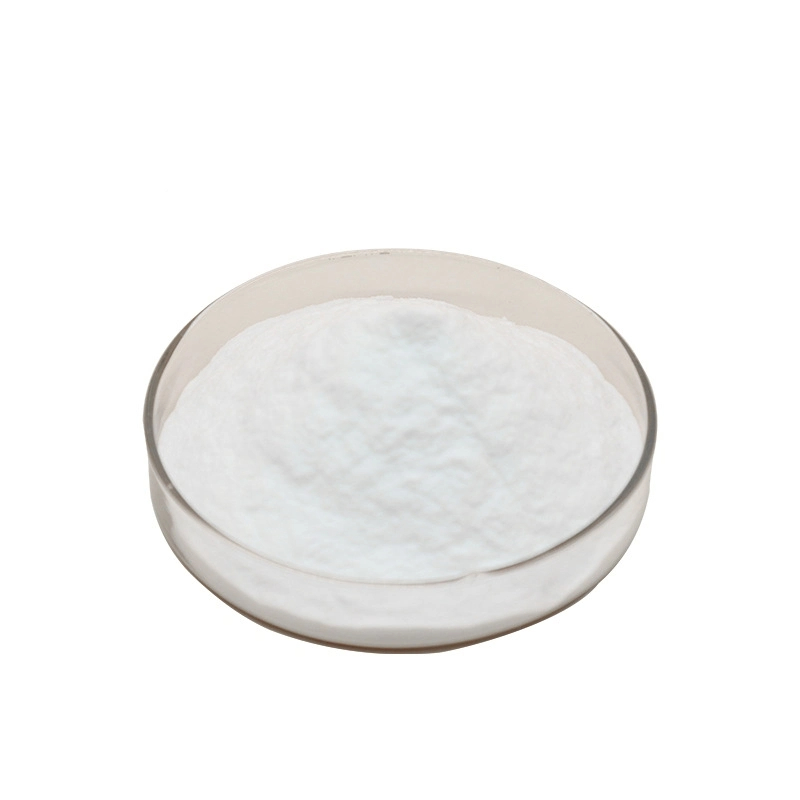



chemicals for swimming pool treatment
Chemicals for Swimming Pool Treatment Ensuring Clean and Safe Water
Swimming pools provide a refreshing oasis during hot summer months, but maintaining their cleanliness and safety is crucial for an enjoyable experience
. It is essential to understand the role of various chemicals in swimming pool treatment, ensuring that the water remains sanitized, balanced, and free from harmful contaminants.One of the primary chemicals used for swimming pool treatment is chlorine. Chlorine works as a powerful disinfectant, killing bacteria, viruses, and algae that can thrive in pool water. It can be applied in several forms, including liquid, granules, or tablets. Maintaining proper chlorine levels is essential; typically, a concentration of 1-3 parts per million (ppm) is considered ideal. Regular testing with test strips or kits helps ensure that chlorine levels remain within this range.
In addition to chlorine, pool owners often use stabilizers, such as cyanuric acid, to protect chlorine from being degraded by sunlight. Without stabilizers, UV rays can quickly diminish chlorine's effectiveness, leading to a higher risk of contamination. By adding a stabilizer, the chlorine’s longevity is extended, allowing for more consistent sanitation over time.
chemicals for swimming pool treatment

pH levels play a critical role in swimming pool water treatment as well. The ideal pH range for pool water is between 7.2 and 7.8. pH affects how well chlorine disinfects the water; if the pH is too low, chlorine becomes more aggressive and can cause irritation to eyes and skin. Conversely, if the pH is too high, chlorine becomes less effective, leading to algae blooms and other issues. Baking soda can be used to raise pH levels, while muriatic acid is often employed to lower them.
Algaecides are another group of chemicals used for pool treatment. While chlorine generally takes care of most algae, sometimes additional treatments are needed. Algaecides are formulated specifically to eliminate and prevent algae growth. They should be used as part of a comprehensive pool maintenance plan, especially in warmer climates where algae can develop rapidly.
Finally, clarifiers and flocculants can be used to improve water clarity. These chemicals work by aggregating tiny particles and debris in the water, making it easier for the pool filter to capture them. Regular use of these products can help keep the water crystal clear.
In conclusion, maintaining a swimming pool requires a careful balance of various chemicals. Chlorine, stabilizers, pH adjusters, algaecides, and clarifiers all play vital roles in ensuring that pool water is clean, clear, and safe for swimmers. By regularly testing water and adjusting chemical levels accordingly, pool owners can enjoy a healthy and inviting swimming environment throughout the season. Safe swimming starts with proper pool treatment, making regular maintenance an essential aspect of pool ownership.
-
Why Sodium Persulfate Is Everywhere NowNewsJul.07,2025
-
Why Polyacrylamide Is in High DemandNewsJul.07,2025
-
Understanding Paint Chemicals and Their ApplicationsNewsJul.07,2025
-
Smart Use Of Mining ChemicalsNewsJul.07,2025
-
Practical Uses of Potassium MonopersulfateNewsJul.07,2025
-
Agrochemicals In Real FarmingNewsJul.07,2025
-
Sodium Chlorite Hot UsesNewsJul.01,2025










